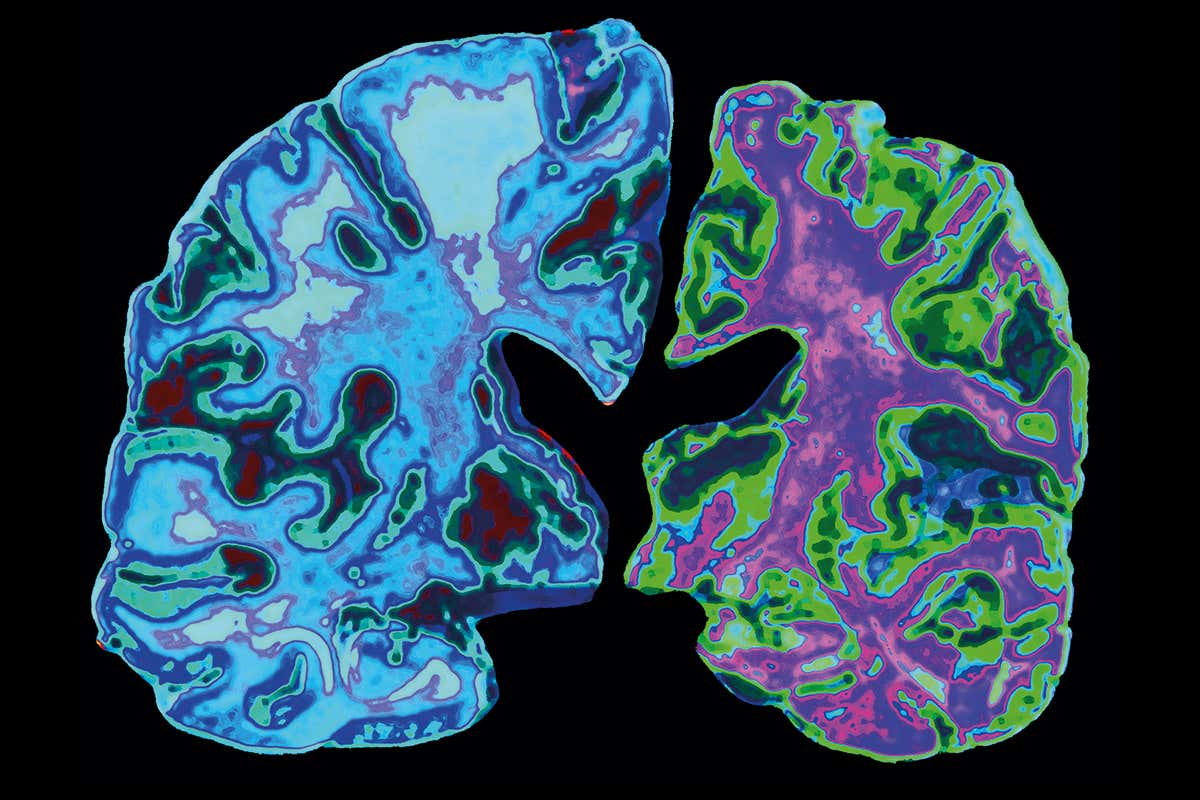In the coming weeks, the weather is likely to change and pave the way for the spread of flu and common cold among people. On top of it, people living in the states of the US which are experiencing wildfires may also be more prone to developing irritation and allergy due to the toxic smoke in the air.
All of these conditions can have symptoms that are similar to the coronavirus to a significant extent which is why many may be confused and find it hard to deduce whether they have an infection, flu, or are just having a reaction to the smoke.
This confusion can have dangerous consequences for a number of people as some people may not be aware of having coronavirus infection and may not seek the required medical attention.
Vulnerable groups such as older adults and those with existent medical conditions are especially warned to be more cautious as they can develop a severe form of the infection or even lose their lives.
In a similar way, people having a reaction to smoke or flu may assume they have coronavirus and may visit hospitals, nearly all of which are likely to have a lot of incoming patients and load on them in the coming months.
This is why health experts have urged people to identify certain differences between signs of flu, irritation or allergic reaction, and coronavirus.
RELATED: WHO Report Shows 1 in 10 People have the Coronavirus Infection
Although symptoms of all three are very similar, there are subtle differences that can help in telling them apart. For instance, people who are having a reaction to toxic air and wildfire smoke are likely to experience burning and stinging in the eyes.
On the other hand, people with allergies are more likely to experience watery and itchy eyes. In both of the health conditions, fever is unlikely unless the person has severe seasonal allergies.
To look out for coronavirus, there are a number of symptoms that only appear while having the infection including loss of taste and smell, gastrointestinal symptoms, and chronic fatigue. If a person is having such signs, having the infection is a big possibility.
For further clarification on the differences between symptoms of allergies and coronavirus infection, the U.S. Centre for Disease Control and Prevention has provided guidelines on how to identify either of the health issues.
However, it should be noted that in many of the cases a person may have symptoms that are difficult to associate with a single health condition. For instance, people who have severe allergies can have shortness of breath and other signs of coronavirus infection.
In such cases, it is better to consult a health professional as soon as possible in order to avoid any further complications.
Overall, experts suggest following preventive measures for coronavirus that can actually help in reducing the risk of all of the aforementioned health issues.
Wearing a mask cannot only be effective in staying safe from coronavirus but also from flu and toxic smoke. Staying at home and cutting down the time spent outdoors is currently the best way to avoid all conditions.


